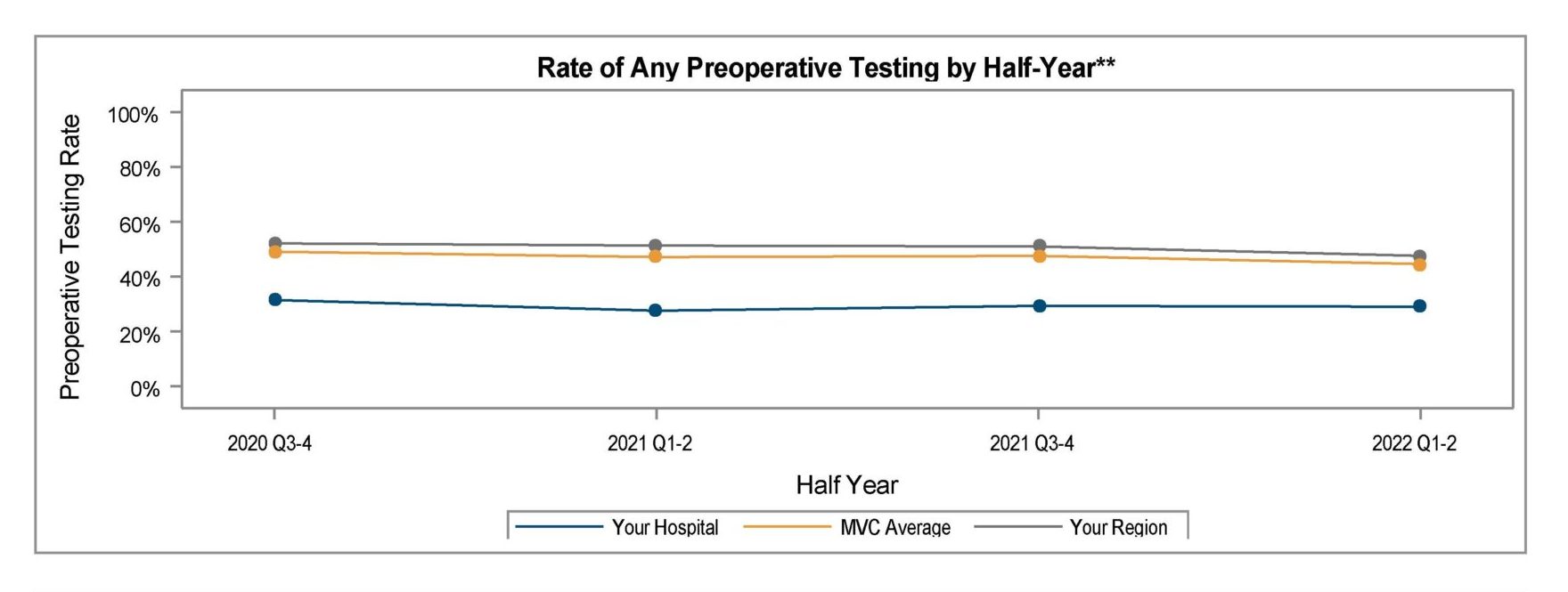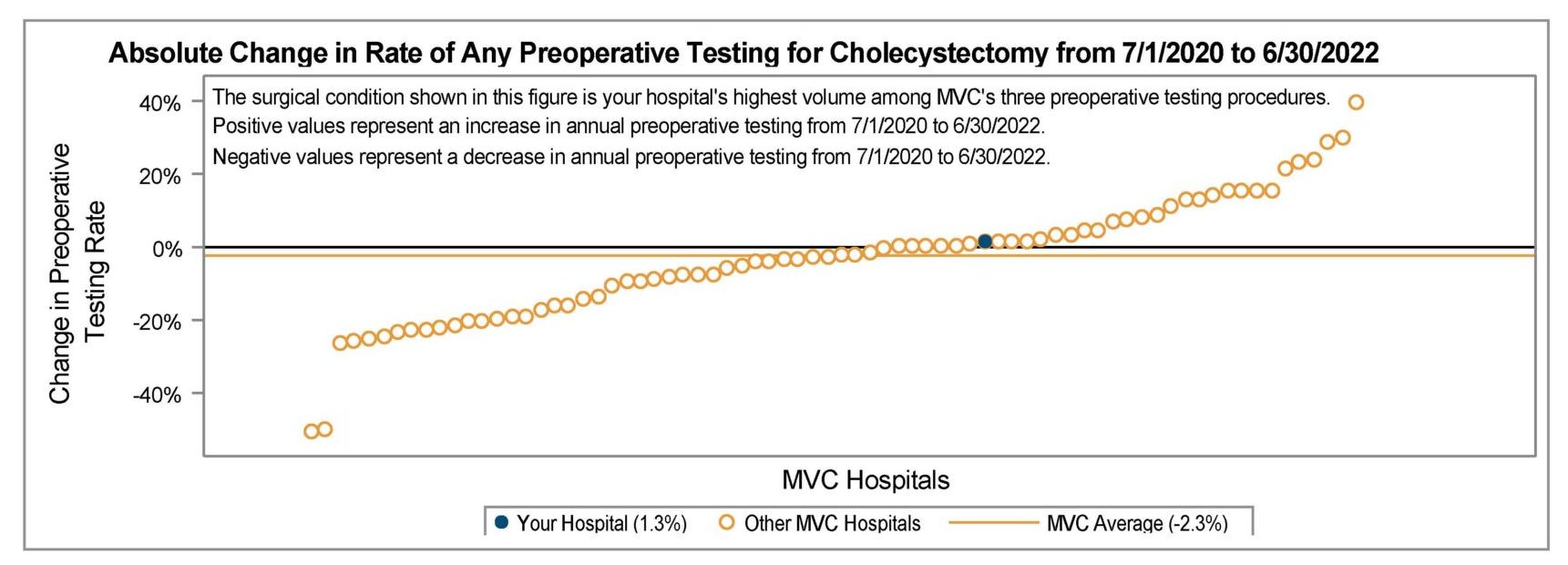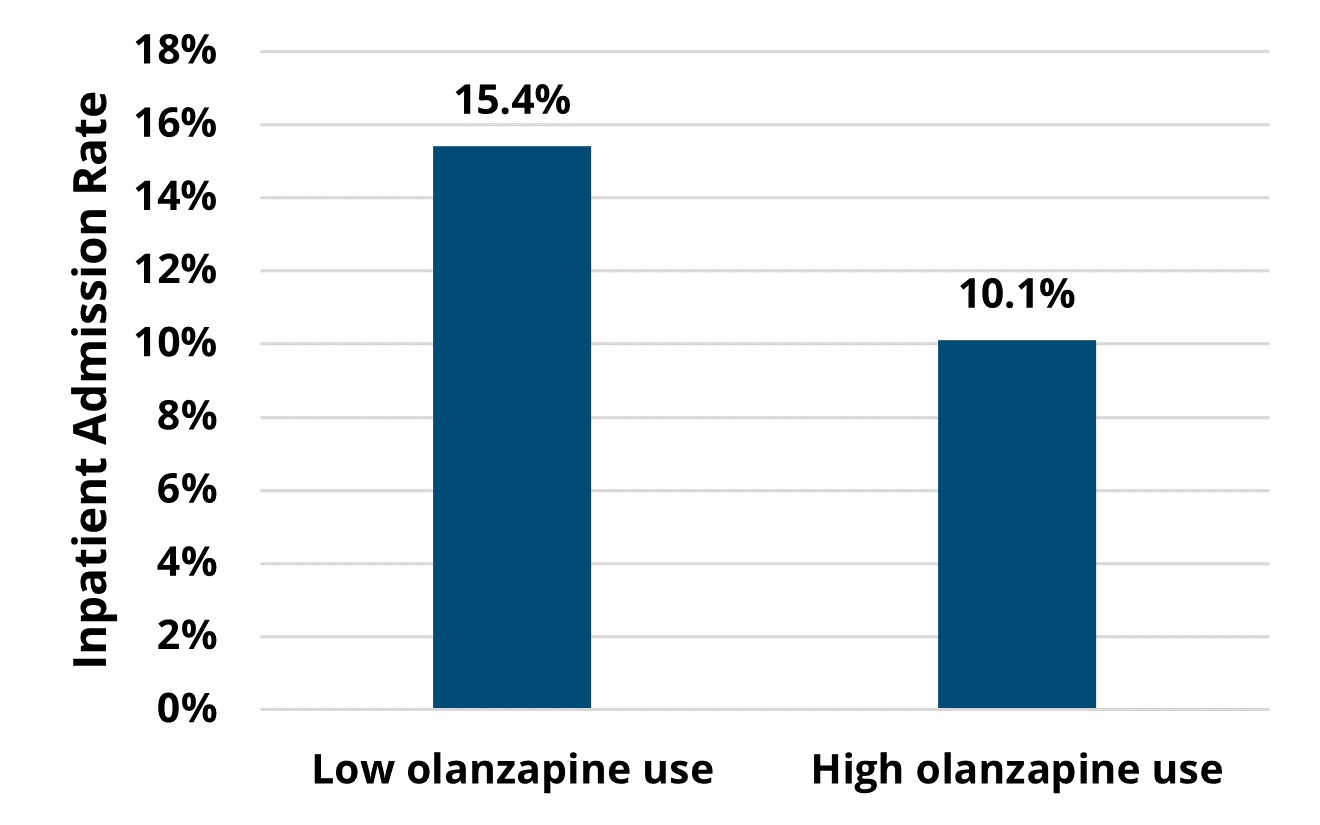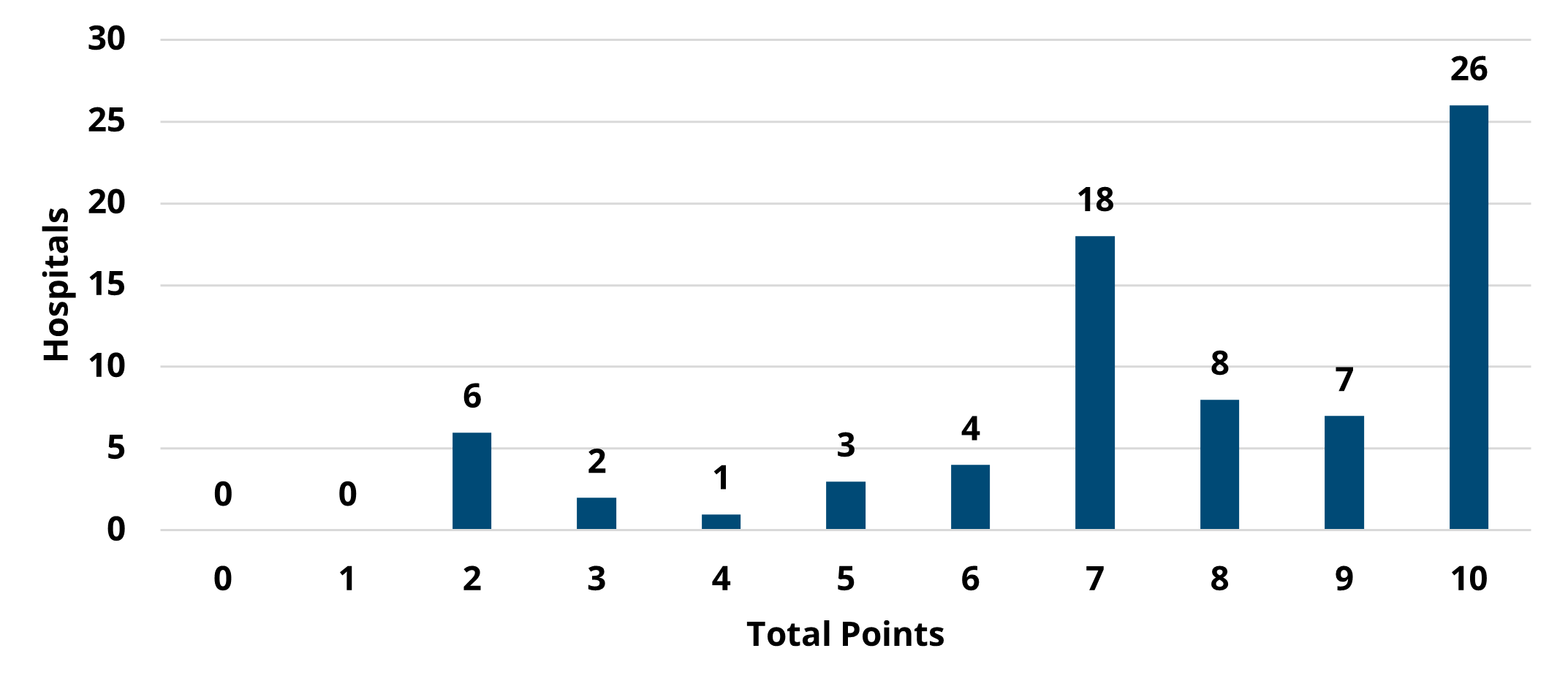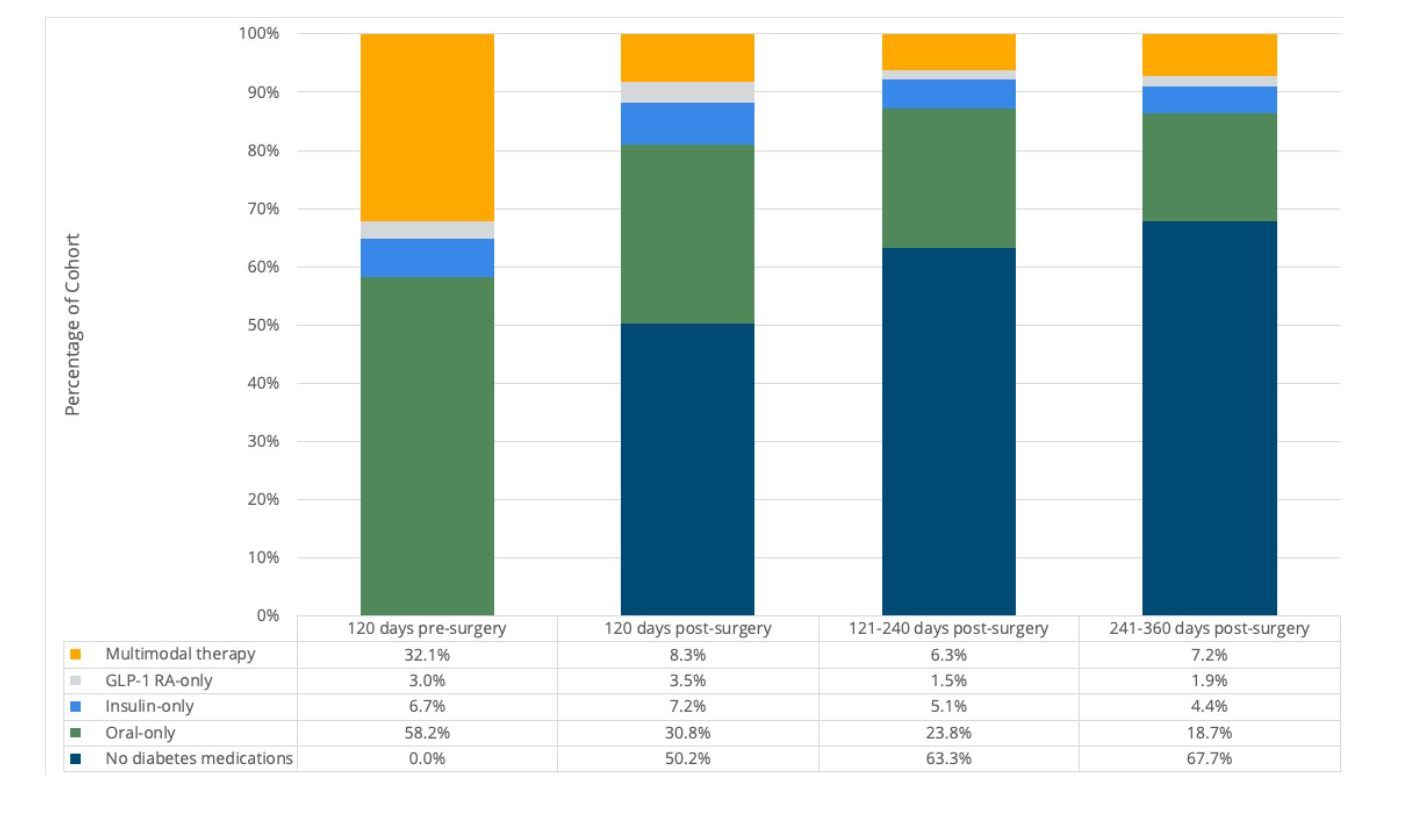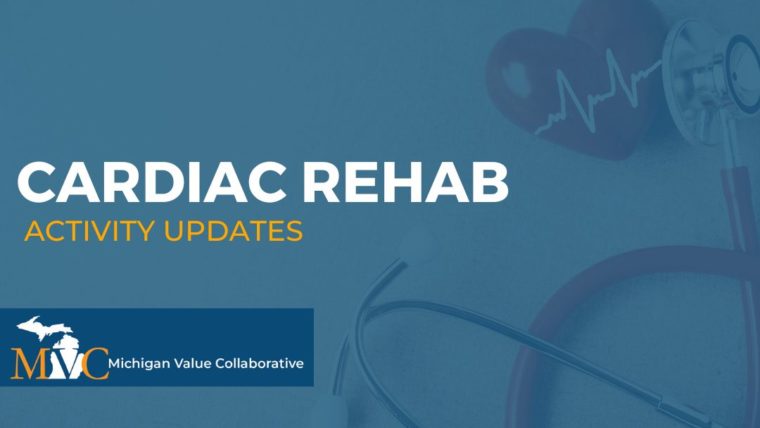The MVC Coordinating Center is excited to announce the agenda for its Spring Collaborative-Wide Meeting on Friday, May 19, 2023, from 10 a.m. – 3 p.m., at the Vistatech Center in Livonia, MI. This meeting’s theme of “connecting the dots” reflects a focus on interdisciplinary collaboration, care transitions, and alternative sites of care. This meeting also serves as the official launch of MVC’s 10-year anniversary celebration, which will highlight MVC’s achievements in promoting high-value healthcare throughout the last decade.
Presentations will highlight unblinded MVC data, inter-organizational partnerships, care team collaboration to improve patient outcomes, and supporting care transitions. Attendees will learn to utilize MVC’s claims data more effectively and efficiently to inform patient-centered quality improvement opportunities at their respective healthcare organizations. After this meeting, attendees will have insights and tools to help improve the following patient outcomes: care transitions and post-discharge support, readmissions, patient experience, treatment adherence, and patient education.
MVC’s Director Hari Nathan, MD, PhD, and Co-Director Mike Thompson, PhD, MPH, will kick off the day with Coordinating Center updates, announcements about the MVC Component of the Blue Cross Blue Shield of Michigan (BCBSM) Pay-for-Performance (P4P) Program, and success stories that celebrate MVC’s 10-year anniversary. This will be followed by the unveiling of new MVC episodes based on care initiated in the emergency department (ED), which were developed in partnership with the Michigan Emergency Department Improvement Collaborative (MEDIC). This presentation will include an unblinded data presentation using new ED-based episodes for congestive heart failure (CHF) patients.
The guest presentations will feature two MVC partners, a physician organization and a fellow Collaborative Quality Initiative (CQI). Speaking in the morning will be the Trinity Health IHA Medical Group. Caitlin Valley, MHA, Senior Population Health Project Manager at IHA, will present on transitional care collaboration and management for healthcare improvement. In the afternoon, attendees will hear from the INHALE (Inspiring Health Advances in Lung Care) team, a new population health CQI focused on the quality of care for adults with chronic obstructive pulmonary disease (COPD) and adults and children with asthma. Speaking about COPD care transitions and post-discharge support on behalf of INHALE will be Co-Director Michael Sjoding, MD, MSc, who is also an Associate Professor of Internal Medicine at Michigan Medicine.
In addition to traditional presentations, attendees will have multiple opportunities to network with and learn from their peers. The meeting includes a mid-day poster session that will highlight success stories and research across the collaborative and the broader CQI portfolio. MVC is still actively accepting poster submissions. Posters should feature first-hand experiences with quality improvement, related research, or the implementation of interventions and best practices. They can be on topics unrelated to MVC conditions or data, authored by clinicians and non-clinicians alike, or presentations already shared at a recent conference or event. Instructions for submitting a poster are available on MVC’s events page.
There will also be breakout sessions in the afternoon that focus on the new value metrics for Program Years 2024-2025 of the MVC Component of the BCBSM P4P Program. Attendees were asked to select one of four breakout sessions upon registering, including cardiac rehabilitation, post-discharge follow-up (focus on CHF, COPD, pneumonia), preoperative testing, and sepsis readmissions. MVC members interested in referencing the value metrics selected by specific hospitals participating in P4P can refer to MVC's value metric selection document located here.
Those interested in attending MVC's spring collaborative-wide meeting may register here. MVC hosts two collaborative-wide meetings each year to bring together healthcare quality leaders and clinicians from across the state. The fall collaborative-wide meeting will take place in October with a focus on health equity.
CME CREDITS AVAILABLE
The University of Michigan Medical School is accredited by the Accreditation Council for Continuing Medical Education (ACCME) to provide continuing medical education for physicians. The University of Michigan Medical School designates this live activity for a maximum of 4.25 AMA PRA Category 1 Credit(s)™. Physicians should claim only the credit commensurate with the extent of their participation in the activity.
Activity Planners
Hari Nathan, MD, PhD; Erin Conklin, MPA; Chelsea Pizzo, MPH; Chelsea Andrews, MPH; Kristy Degener, MPH



